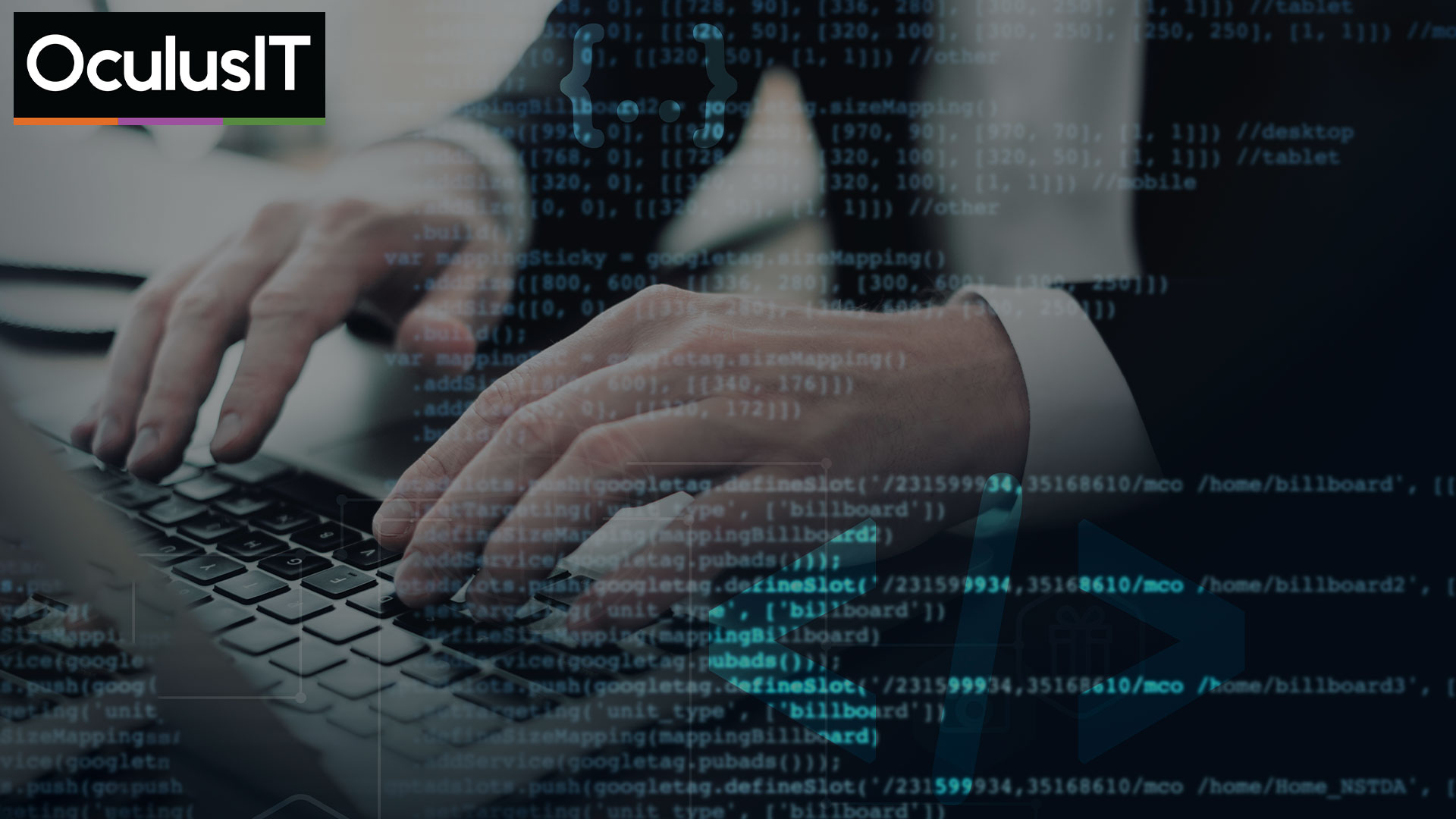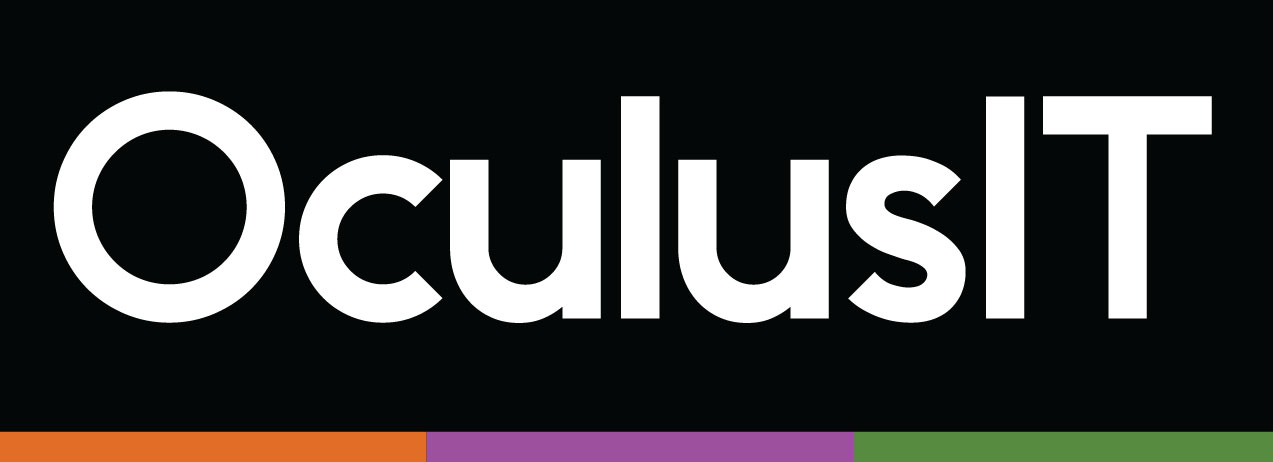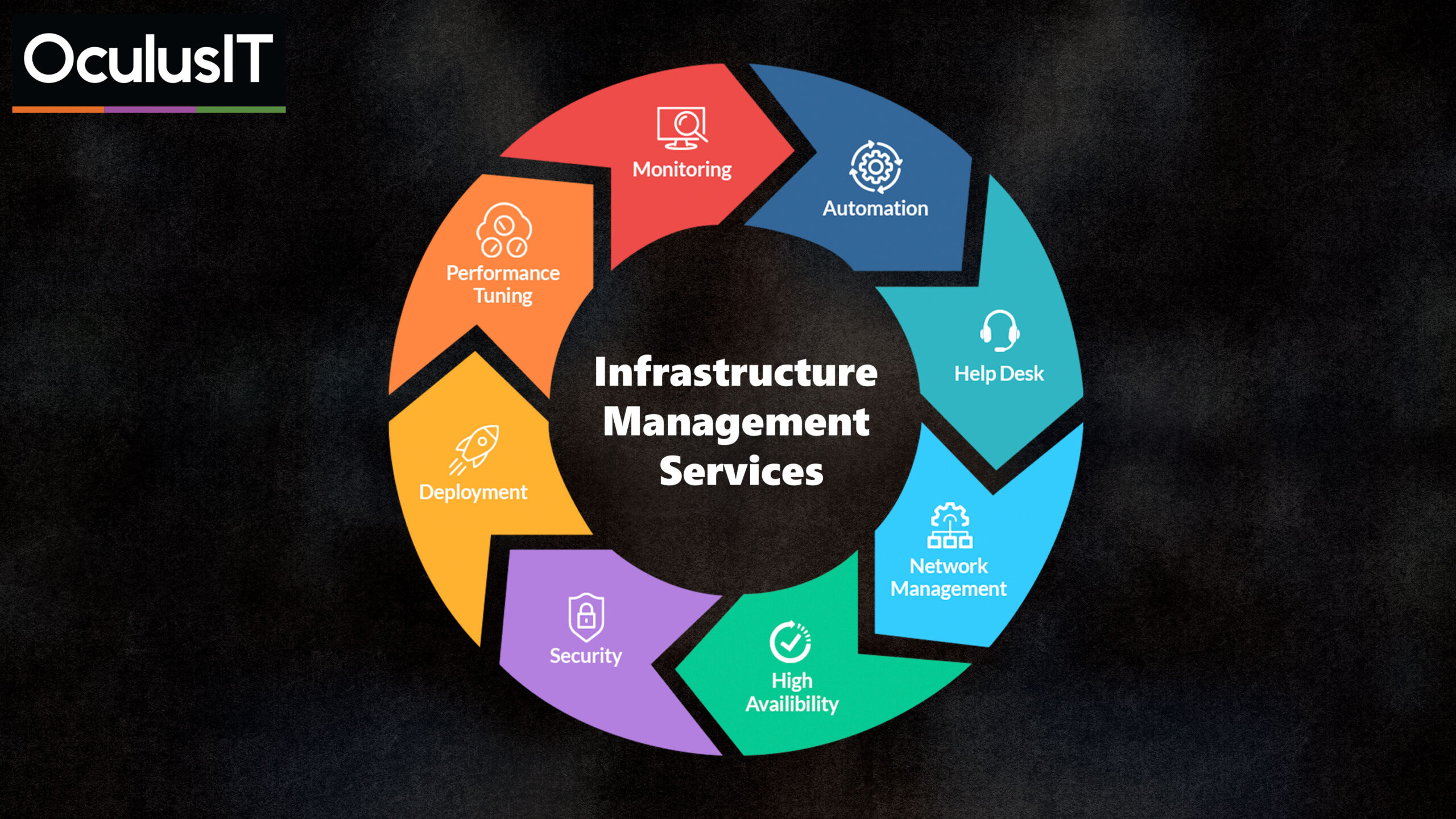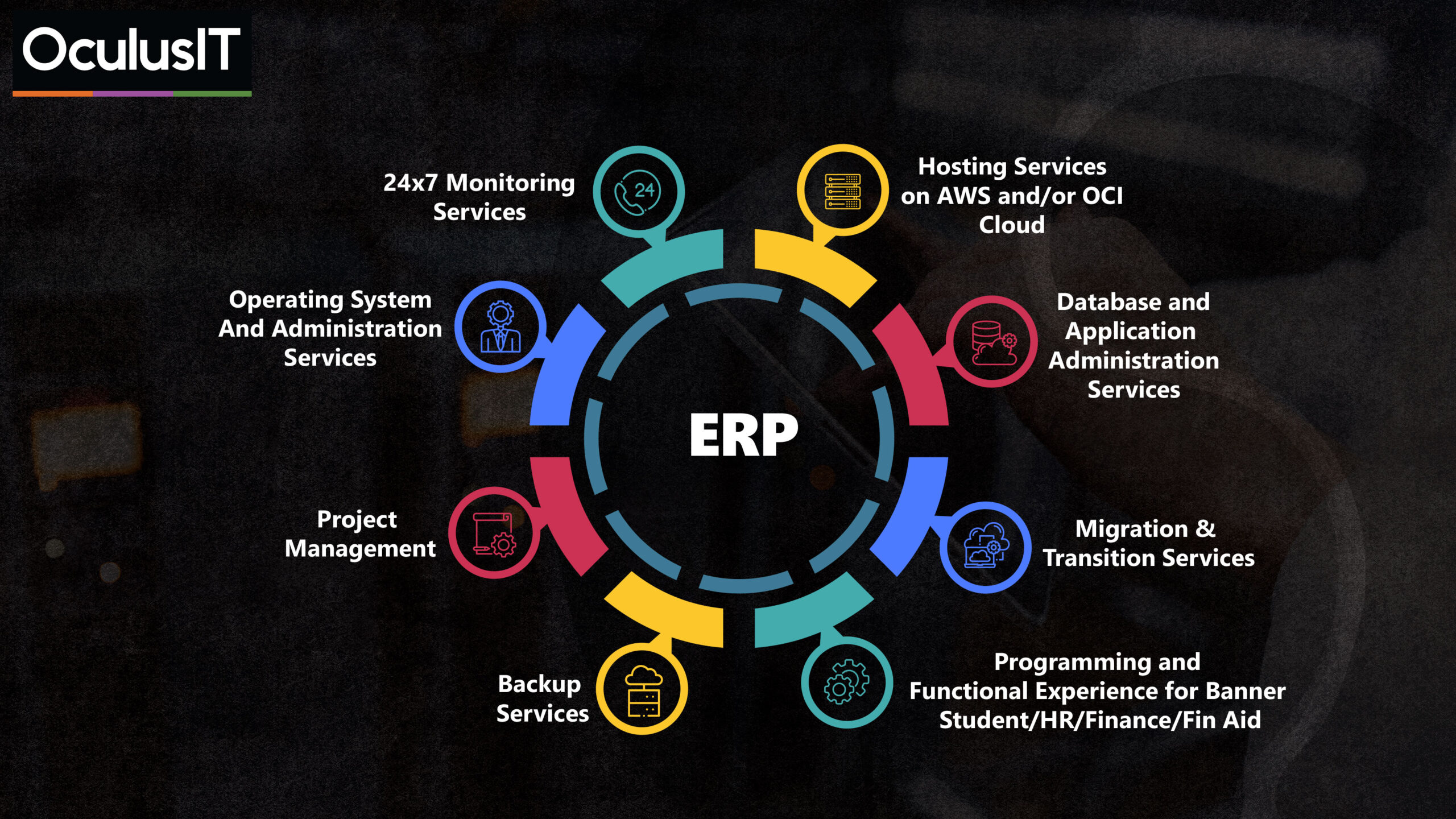
CISOs Navigating the Future: Cybersecurity Trends and Predictions in Higher Education
Feb 06, 2024
In recent years, higher education institutions have become increasingly reliant on digital technologies to deliver educational content, manage administrative tasks, and engage with students. However, this digital transformation has also brought forth numerous cybersecurity challenges, prompting institutions to seek innovative solutions to safeguard their data and infrastructure. As we look ahead, Virtual Chief Information Security Officers (CISOs) are poised to play a pivotal role in shaping the future of cybersecurity in higher education. Let’s explore some emerging trends and predictions from Virtual CISO experts.
- Rise of Cloud Security: With the widespread adoption of cloud-based services for storage, collaboration, and computing, the focus on cloud security will continue to grow. Virtual CISOs anticipate an increased emphasis on implementing robust cloud security measures, including encryption, access controls, and continuous monitoring to protect sensitive data stored in the cloud.
- Zero Trust Architecture: As traditional perimeter-based security measures prove inadequate against sophisticated cyber threats, the concept of Zero Trust Architecture is gaining traction. Virtual CISOs foresee higher education institutions moving towards a Zero Trust approach, where trust is never assumed, and strict access controls are enforced based on user identity, device health, and contextual factors.
- Cybersecurity Skills Shortage: The cybersecurity talent gap is a pressing issue across industries, including higher education. Virtual CISOs predict that institutions will rely more on outsourcing cybersecurity functions to third-party providers like OculusIT, such as Virtual CISO services, to augment their internal capabilities and address skill shortages effectively.
- Focus on Data Privacy and Compliance: With the implementation of regulations like GDPR and CCPA, protecting student and faculty data privacy has become a top priority for higher education institutions. Virtual CISOs anticipate a continued focus on compliance with data protection regulations.
- Enhanced Phishing Defense: Phishing attacks remain a significant threat vector targeting higher education institutions. Virtual CISOs foresee the implementation of advanced email security solutions, user awareness training programs, and multi-factor authentication to combat phishing threats effectively.
- Collaborative Threat Intelligence Sharing: Virtual CISOs emphasize the importance of collaboration among higher education institutions to share threat intelligence and best practices. They predict the establishment of formalized information-sharing partnerships and participation in sector-specific threat intelligence-sharing platforms.
In conclusion, the future of cybersecurity in higher education will be characterized by evolving threats, technological advancements, and collaborative approaches to defense. Virtual CISOs are well-positioned to guide institutions through these challenges, leveraging their expertise to implement proactive security measures and mitigate emerging risks effectively.
By staying abreast of trends and predictions in the cybersecurity landscape, higher education institutions can adapt their security strategies to protect their digital assets and uphold their commitment to data security and privacy.
Want to have a personalized CISO service for your higher education institution as well? Contact us now!
Recent Articles





